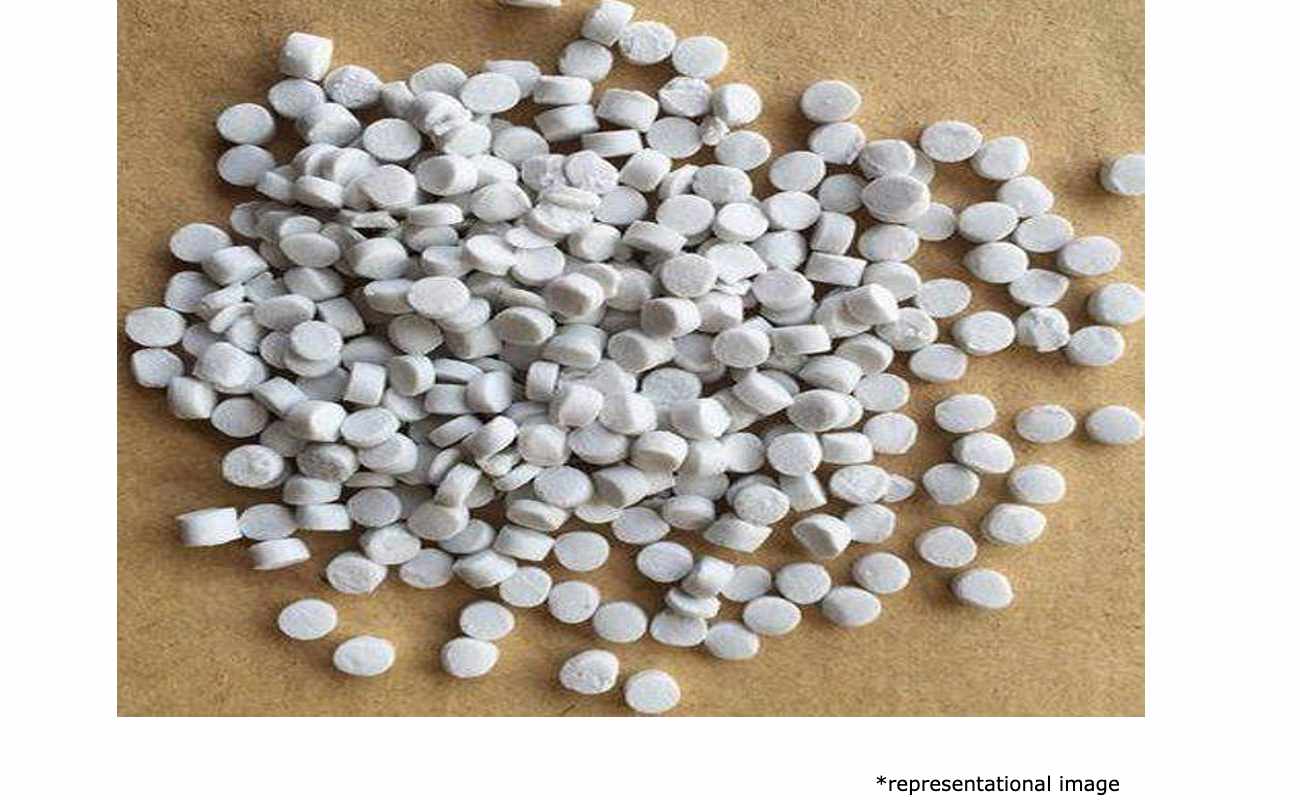Selection criteria and points to considered while selecting thermoplastic fillers for any application
Thermoplastic materials are widely used in various industries due to their excellent mechanical, thermal, and chemical properties. However, to enhance specific properties of the thermoplastic materials, fillers are added to them. The addition of fillers not only improves the mechanical and thermal properties but also increases the dimensional stability of the materials. Hence, the selection of fillers for thermoplastics is crucial for the performance of the final product.
Points to consider while selecting thermoplastic fillers
Properties of the thermoplastic material: The selection of fillers depends on the properties of the thermoplastic material. For instance, if the material requires high strength, then fillers like glass fiber, carbon fiber, or aramid fiber can be added. Similarly, if the material requires good electrical insulation, fillers like glass beads or mineral fillers can be added.
Type of application: The type of application also plays a significant role in the selection of fillers. For example, if the thermoplastic material is used in the automotive industry, fillers like glass fiber, carbon fiber, or talc can be added. On the other hand, if the material is used in the electrical industry, fillers like glass beads or mineral fillers can be added.
Cost: The cost of the filler is an essential consideration while selecting fillers for thermoplastics. Some fillers are expensive, while others are less expensive. The cost of the filler should be weighed against the benefits it provides to the thermoplastic material.
Processing requirements: The processing requirements of the filler should be considered. Some fillers require special processing techniques, while others can be processed using standard techniques. The processing requirements should be evaluated based on the manufacturing process of the thermoplastic material.
Chemical compatibility: The chemical compatibility of the filler with the thermoplastic material should be assessed. The filler should not react with the thermoplastic material, which can lead to degradation or other problems.
Particle size: The particle size of the filler is an important factor. If the particle size is too large, it can cause problems during processing, such as clogging the extruder or injection molding machine. If the particle size is too small, it may not provide the desired properties.
Environmental considerations: Environmental considerations should be taken into account while selecting fillers for thermoplastics. For instance, fillers like glass fiber and carbon fiber are not biodegradable and can cause environmental problems.
Selection criteria for thermoplastic fillers
Mechanical properties: The filler should improve the mechanical properties of the thermoplastic material, such as tensile strength, flexural strength, and impact resistance.
Thermal properties: The filler should improve the thermal properties of the thermoplastic material, such as thermal conductivity, coefficient of thermal expansion, and heat distortion temperature.
Electrical properties: The filler should improve the electrical properties of the thermoplastic material, such as dielectric strength and electrical conductivity.
Chemical properties: The filler should be chemically compatible with the thermoplastic material and should not cause any degradation or reaction with the material.
Dimensional stability: The filler should improve the dimensional stability of the thermoplastic material, such as reducing shrinkage and warpage.
Conclusion
The selection of fillers for thermoplastics is a critical step in the manufacturing process. The properties of the thermoplastic material, the type of application, cost, processing requirements, chemical compatibility, particle size, and environmental considerations should be taken into account while selecting fillers. The selection criteria for thermoplastic fillers include mechanical, thermal, electrical, chemical, and dimensional stability properties. By considering these points and criteria, manufacturers can select the right filler to enhance the final properties.

